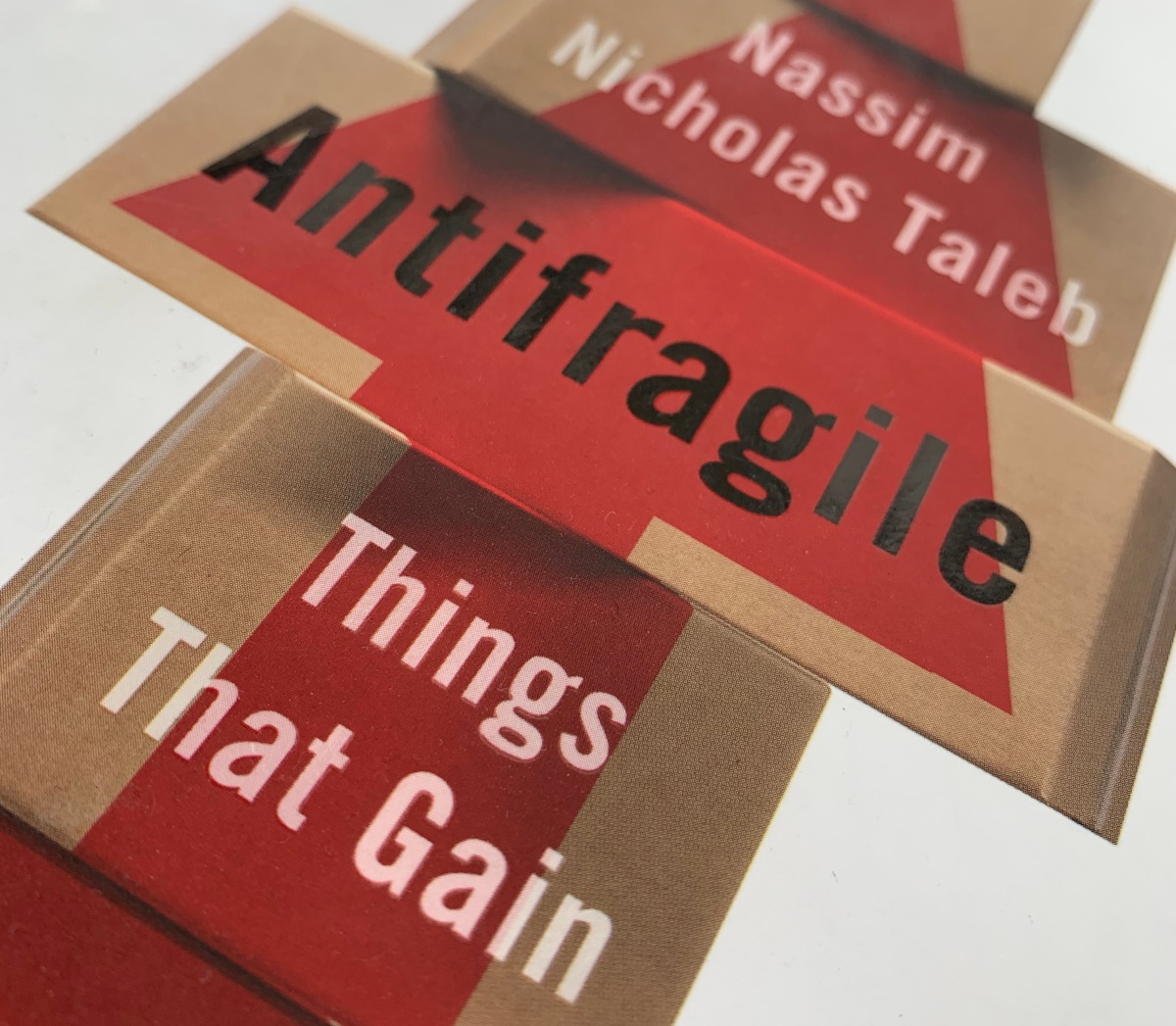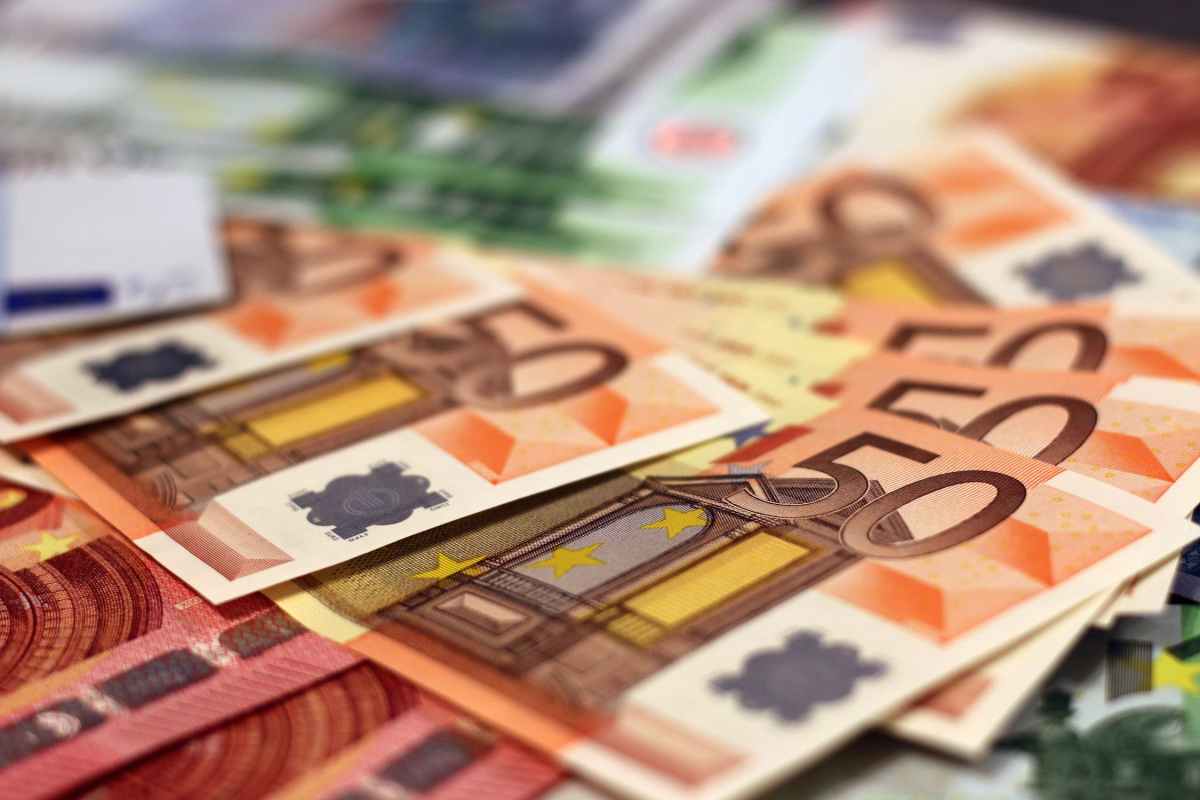We all know the drill
A smoke screen goes off! Emergency Response Team members calmly escort their fellow employees out to the open area where a team from the Bureau of Fire protection gives a briefing on evacuation protocol and the use of fire suppression equipment. Similar drills are practiced when it comes to earthquakes and similar calamities. Living in a country like the Philippines, everyone ought to be ready when disaster strikes. Within a lifetime we’ve had major earthquakes, devastating typhoons that have wiped away lives within hours off the face of the planet. Within the 1st quarter of 2020, we’ve been hit by a volcano eruption and while people have just literally started to rise from the ashes, along comes COVID-19 that had Luzon under lock-down up to now. The faces of the population remains covered by N95 masks since January. Will things ever go back to normal? Perhaps Not. But what we’ve learned will shape how we adapt to “The New Normal”. There will be winners, but even more losers.
The Connected Society
Beyond our mortal lives we have our Faith, Family and Friends. We take inventory of our basic necessities. Water, Food, Energy and Communications. What the past calamities have taught us is that there are varying degrees to its effects. In January, we spent days without energy and with such, the ability to store food was compromised thereby affecting our cycles of procurement. Having spent a few years in the logistics sector teaches you a lot of things on how to manage crises. We live in a connected world and these connections far exceed ICT. During a time of crisis, the hierarchy of needs tend to shift its focus towards the lower tiers of the pyramid. So when we are talking about “networks” we need to see this on a more physical plane. The term “Humanitarian Logistics” is fairly new. It probably wouldn’t have gained traction in relevance if it weren’t for society’s response to Typhoon Haiyan (Yolanda in the Philippines) in 2013, Hurricane Katrina in 2005 or the Banda Aceh 2004 Tsunami. Ironically, “logistics” has never been a sexy word, but logistics science and know-how is life and death.
Logistics is Life and Death
A “network interruption” within the context of transport and logistics would mean people cannot report to work. Supply chains will be interrupted. Food and other basic necessities cannot get through. It’s not a matter of inconvenience; This is the very substance of many Business Continuity Plans (BCP) and it comes down to the survival of our society. A network interruption of large scales where transportation, airstrips, waterways and highways are impeded can kill a nation. As we’ve been started to be aware, the control of waterways such as the South China Sea where an estimated $3.2 Trillion in trade is valued, is a legitimate International Security Issue. The issue of logistics strategy needs to be seen both from the largest scales to the micro. Just as it takes logistics for a woman to give birth in hospital, it also takes logistics to take a dead body into the ground from the deathbed. Logistics is cradle to grave.
Granularity and the Last Mile
The painful lesson from Haiyan is that tons of relief goods rotted away in warehouses near Tacloban. From a logistics perspective we can see that it wasn’t a supply and storage issue but a problem with distribution at the “last-mile”. You obviously cannot park a C130 aircraft in front of someone’s house, but you can use a motorcycle or a small van. We need to break down logistics to smaller granules in terms of weight breaks and use a multi-modal strategy.
As an adaptive response to the Enhanced Community Quarantine, communities have organized direct purchases from producers and suppliers, delivering directly to homes or organizing scheduled pick-ups from village common-areas. The “hub and spoke” network has been operationalized only with staging points (receiving and dispatching) being democratized by communities all over the country. The logistics framework applies, and it works! Even to the last mile and to a granularity of not more than a 5 km. radius. We’ve seen unprecedented reconstruction of supply networks direct to consumers from as far as Benguet to Batangas (a distance in excess of 433 kms.) within 2-3 working days sometimes using refrigerated vans.
Orders are usually consolidated using Viber or a Shared Spreadsheet. Could this be the new normal? Maybe? But the possibilities are out there and the models have been proven. It begs all of us to reconsider buying locally and “eliminating the middle man”. Logistics make it possible. And while fuel prices are at an all-time low and shipping fees remain unchanged, the industry could enjoy an arbitrage where their unprofitable runs or backhauls all of a sudden make money during this period. Logistics can still win in certain segments.
Where the traffic is, there the money is
As we venture outside our homes physical traffic has dramatically decreased. The malls have zero foot traffic therefore: “where is the money”? The grocery lines have gotten longer due to decreased frequency of trips and social distancing, but the cart checkout transaction sizes could be increasing as well. Online traffic could be a clue pointing to the money. eCommerce checkout carts give a clear indication of pent-up demand and transaction sizes (delivered or undelivered). What are people looking to buy? Online grocery sites have reported upsurges of up to 84% since brick and mortar stores have started to close. The traffic however is directed towards “essential items” to fill in the gaps left by physical stores. According to the New York Times Netflix traffic has seen a 16% increase in traffic, Zoom has had a drastic surge of conference sessions and CSGO has breached more than 1 million players overtaking DOTA for the first time. Clearly business is good for some. A quick snapshot of the internet’s gainers and losers are in this link. Where the traffic is, there the money is too.
Moving forward to the New Normal
Retail, Entertainment and Travel has been greatly affected by this pandemic and a crisis of fear prevails around the globe. But we all have to eat. We all have a need to be entertained and remain on contact, but how we do these things will change. One of the greatest challenge many marketeers have is “inducing a trial” but once we are past that hurdle, we build new reinforcing habits for consumption. Try shopping online! It’s good for business.
Many of us have learned to cook and bake. I’ve only started to buy all-purpose flour since I started preparing pizza from scratch. I’ve been taking classes from YouTube. This has implications on our next shopping carts. From the gym to buying exercise equipment. I’ve even learned how to cut my own hair again!
What’s next? Follow the traffic. Follow the money! Take things to the last-mile! There might not be any traffic on the road but there probably is more of it online.


